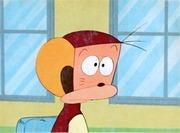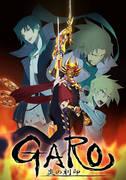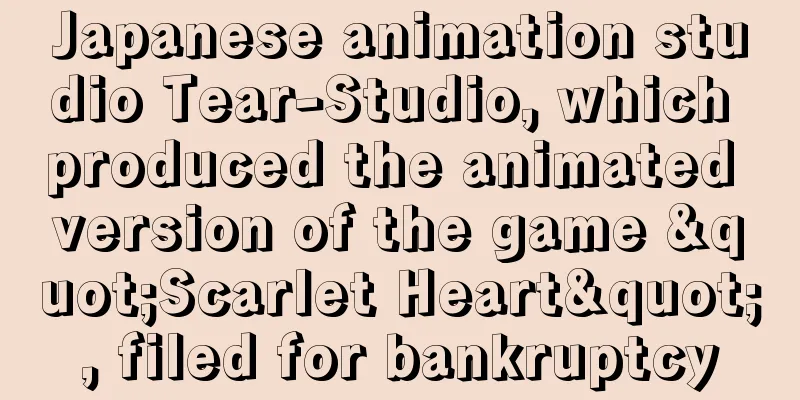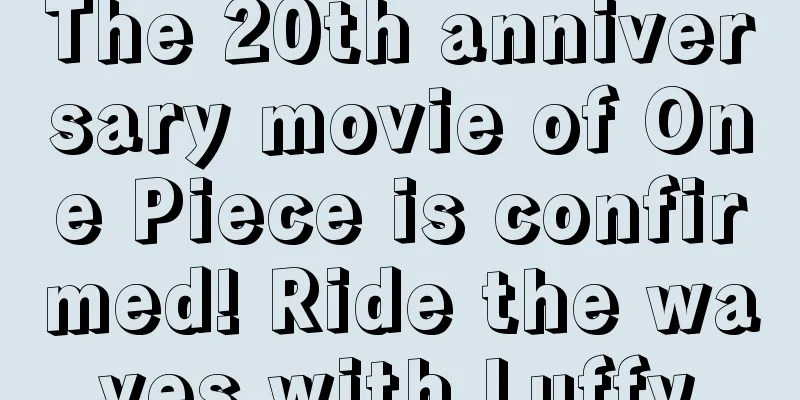Ganbare Gombe: A thorough analysis of the touching story and the appeal of its characters

Ganbare Gombe: The charm of a nostalgic comedy anime and its historical backgroundIntroductionThe 1980s was a golden age for Japanese animation, producing many masterpieces. Among them, "Ganbare Gonbe," based on the gag manga by Shunji Sonoyama, was extremely popular among children. In this article, we will delve deeply into the appeal of "Ganbare Gonbe" and its historical background, provide detailed information and reviews of the work, and introduce recommended points from a modern perspective. Overview"Ganbare Gombe" is a TV anime series that aired on Tokyo 12 Channel (now TV Tokyo) from April 14 to August 19, 1980. It is based on the manga of the same name by Shunji Sonoyama, and a total of 63 episodes, totaling 77, were broadcast during the broadcast period. When it first aired, it was aired in a 15-minute slot from 7:15 to 7:30 p.m. on weekdays, but from July 1980, it was changed to a 30-minute slot from 7:30 to 8:00 p.m. every Tuesday. storyThe story of "Ganbare Gombe" begins when Gombe, a mountain monkey who claims to be a descendant of Son Goku, comes from deep in the mountains to Tokyo to train. Gombe ends up staying with Mr. Oyama, who works at the zoo, and forms a trio of mischievous kids with two mischievous elementary school students, Santaro and Benkei. They cause a lot of trouble at the Oyama household, school, and around town. characterThe main character, Gonbe, is a mountain monkey who lived deep in the mountains and is a descendant of Son Goku. He lives in a house in Tokyo and plays pranks with human children, causing trouble for the adults around him. Santaro is Gonbe's friend, a mischievous elementary school student, and one of the three bad boys. Benkei is also a friend of Gonbe and plays an active role as one of the three bad boys. Cast and crewThe role of Gombe was played by Yamamoto Keiko, Santaro by Tsukase Noriko, Benkei by Sawada Kazuko, Monko by Kawanami Yoko, and Fuko by Mita Yuko. The main staff included original author Sonoyama Shunji, producer Gotsu Heita, production manager Mogaki Hiromichi, chief directors Mitsunobu Hiroaki and Kondo Eisuke, character designer and animation director Kanazawa Hiroji, art director Hando Katsumi, cinematographer Kaneko Jin, music by Hirose Kenjiro and Kai Masato, and sound director Yamazaki Akira. Production cooperation was provided by Tsuchida Productions, and the copyright was handled by Tokyo 12 Channel (now TV Tokyo). episode"Ganbare Gombe" has a wide variety of episodes, each with a different theme and joke. Here are some examples:
Theme songs and musicThe opening theme "Ganbare Gombe" was written and composed by Masayuki Yamamoto, arranged by Masaaki Jinbo, and sung by Koorogi'73. The ending theme "Itazura Sanningumi" was also written and composed by Masayuki Yamamoto, arranged by Masaaki Jinbo, and sung by Koorogi'73. These songs were very popular with children at the time. Appeal of the workThe biggest appeal of "Ganbare Gonbe" is its humor and the individuality of the characters. The pranks and antics of Gonbe and other characters provided laughter for children and entertained viewers. In addition, each episode included different themes and gags, so it was fun to watch without getting bored. Historical BackgroundJapan in the 1980s was on the eve of the bubble economy, and economic prosperity and cultural diversity were widespread. Many animations were produced during this period that appealed to a wide range of audiences, from children to adults. "Ganbare Gombe" was one of them, and was enjoyable not only for children but for the whole family. Many episodes also reflected the social issues and customs of the time, which resonated with viewers. Evaluation and recommendation points"Ganbare Gonbe" was highly praised by children at the time. Its humor and the charm of its characters are still loved by many fans today. In particular, Gonbe's pranks and friendship with Santaro and Benkei gave children dreams and hope. In addition, the themes and gags of each episode provided viewers with fresh surprises and laughter. Even from a modern perspective, "Ganbare Gombe" can entertain many people with its humor and charming characters. It is especially recommended as a comedy anime that the whole family can watch. Also, the episodes that reflect Japanese society in the 1980s are interesting from a historical perspective. Conclusion"Ganbare Gombe" is a comedy anime that represents the Japanese animation world of the 1980s. Its humor and charming characters are still loved by many fans today. The content can be enjoyed by the whole family, and the episodes that reflect Japanese society in the 1980s provide fresh surprises and laughter for modern viewers. Please give it a watch. |
<<: The appeal and reviews of "To Earth": A thorough explanation of the moving space adventure
Recommend
Movie stars worry about AI threats: What if someone uses my face and voice to make a movie?
As generative artificial intelligence continues t...
Disney Princess Movies Live Action and Animation - Which One Do You Like Best?
Disney's live-action movie "The Little M...
Netflix renews "The Witcher" for season 4 and 5
According to sources from Redanian Intelligence, ...
A Quiet Place 2 releases new trailer: The silent world is still full of dangers
The sci-fi thriller "A Quiet Place 2" r...
"Fate/stay night TV Reproduction" Review: What is the appeal of the recreated legend?
Fate/stay night TV reproduction ■ Public Media OV...
The Mandalorian Season 1 wins 5 Emmy Awards
The Creative Emmy Awards announced the third wave...
The anime adaptation "LV1 Demon King and the Solitary Wasted Hero" is confirmed to premiere on July 3
The official website of the TV anime "LV1 De...
'Train to Busan' director Yeon Sang-ho reportedly filming new horror film '35th Street'
According to Deadline, the next film of "Tra...
Spider-Man: No Homecoming will be released digitally on March 22, and the physical version will be released in April
Spider-Man: No Homecoming is arguably one of the ...
The appeal and reviews of "Inari Kon Kon Koi Iroha": A fusion of myth and youth
Inari Kon Kon Koi Iroha - A Kyoto story where you...
Resident Evil: Dead Island new trailer to be released in summer 2023
Today (March 10), Capcom's new Resident Evil ...
The appeal and evaluation of "The Idolmaster Cinderella Girls Theater" 1st SEASON/OVA#1
"The Idolmaster Cinderella Girls Theatre&quo...
Wonder Woman 1984's new "Protector of the World" trailer will be released in China on December 18
"Wonder Woman 1984" is confirmed to be ...
Ryoko Yakushiji's Mysterious Case Files: A thorough review of the fusion of mystery solving and horror
Ryoko Yakushiji's Mysterious Cases - Review a...
DC announces Superman: Red Son animated film adaptation as Soviet endorsement
It's a quote known to comic book and superher...









